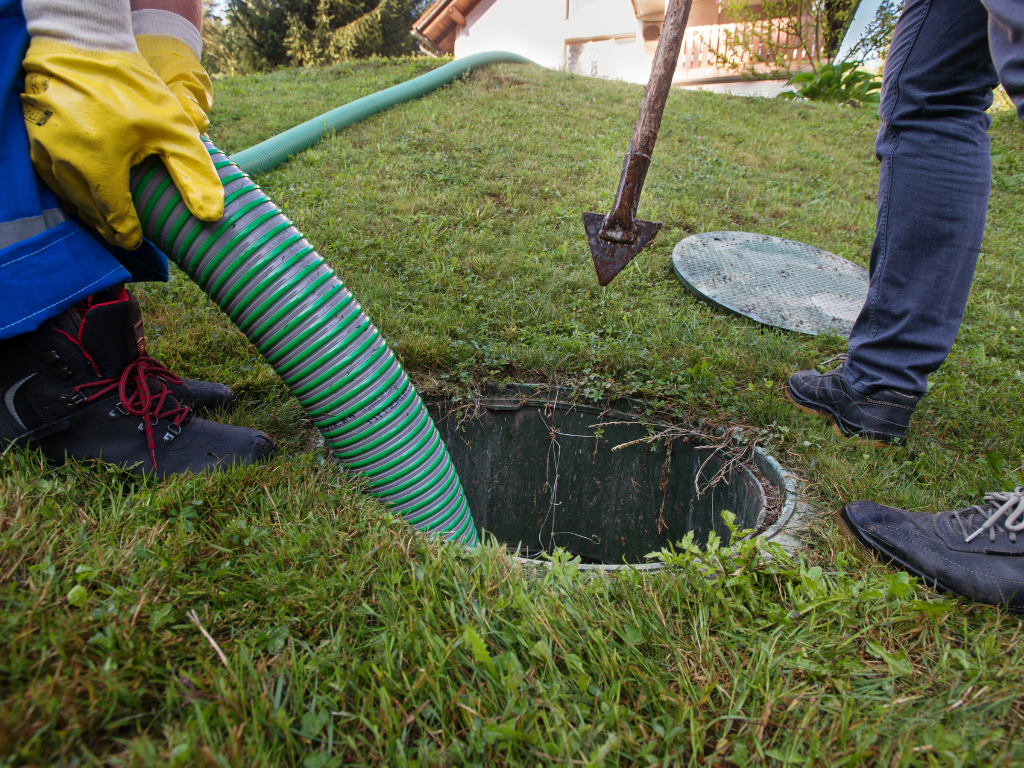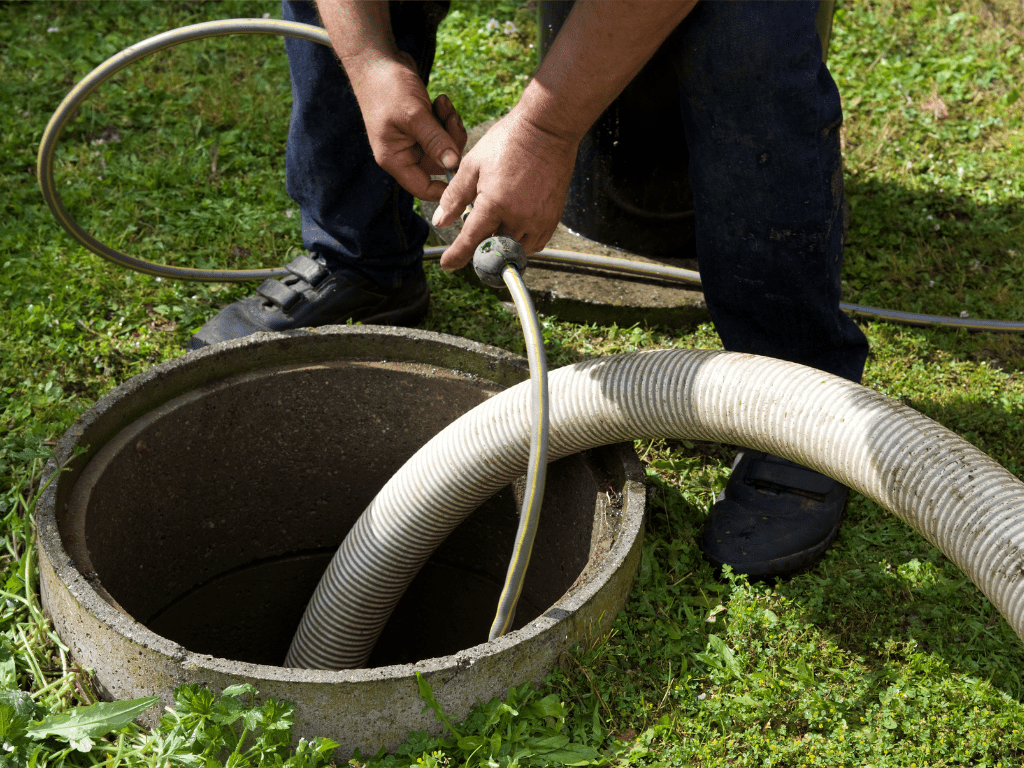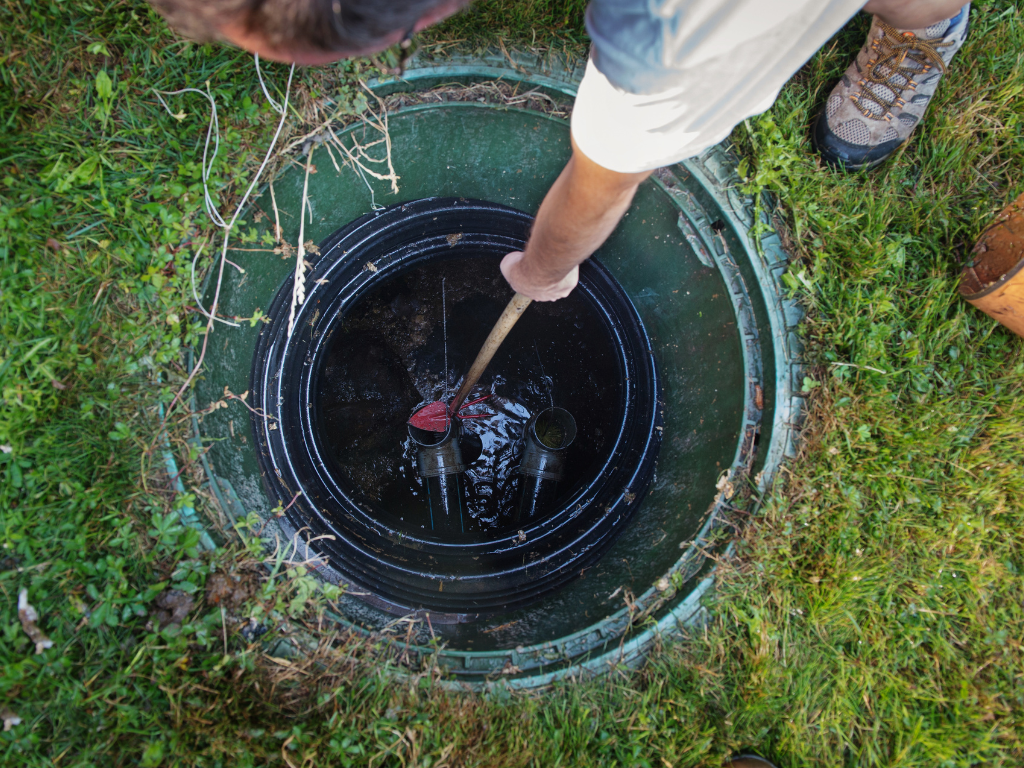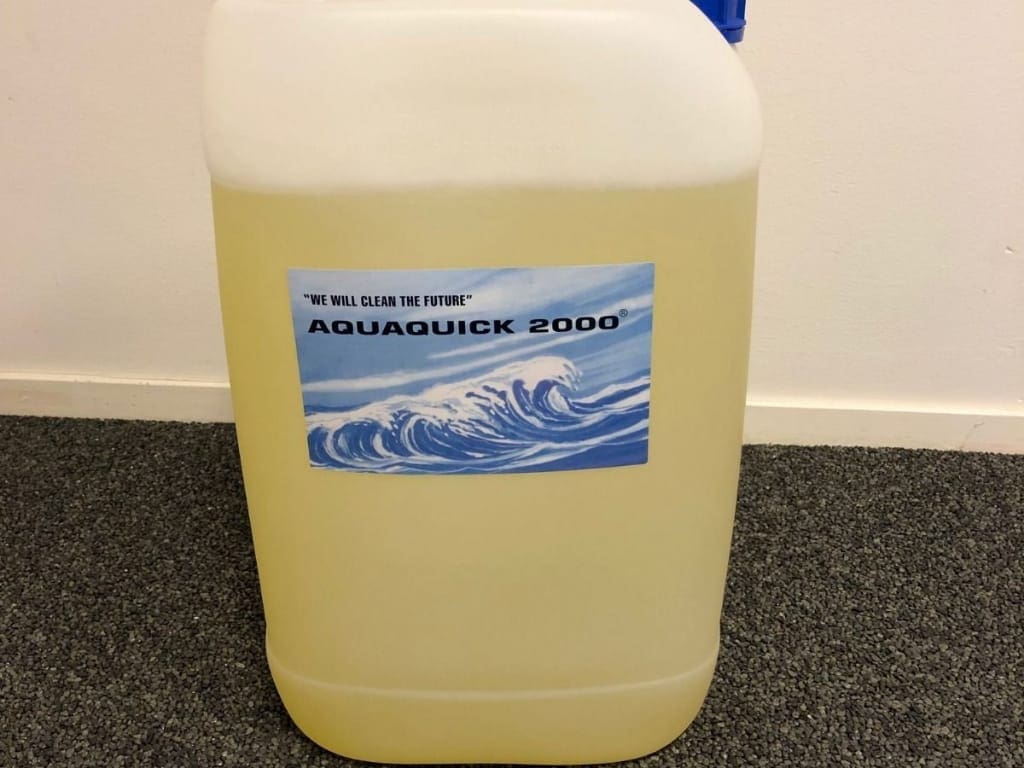Oil tanks, whether used in residential, commercial, or industrial settings, play a critical role in storing fuel essential for heating and other purposes. However, over time, these tanks can become contaminated with sediment, water, and other debris, making regular cleaning a vital maintenance task.
Understanding Oil Tanks
Oil tanks come in various types and serve different purposes. Residential tanks, often found in basements or backyards, typically store heating oil. Commercial and industrial tanks, on the other hand, can be much larger and are used to store fuel for various industrial processes or for backup generators.
The placement of oil tanks can also vary. Above-ground tanks are easier to inspect and maintain but are exposed to weather elements. Underground tanks, while protected from external conditions, pose more significant environmental risks if they leak. These tanks are usually made from materials like steel or fiberglass, each with its own advantages and maintenance needs.
Regardless of the type or location, all oil tanks require regular cleaning to ensure they function correctly and safely.
Why Oil Tank Cleaning is Necessary
There are several critical reasons why oil tank cleaning should be a routine part of maintenance.
Preventing Contamination:
Over time, sediment and sludge can accumulate at the bottom of an oil tank. Water can also enter the tank through condensation or leaks, creating an environment where bacteria can thrive. These contaminants can reduce the quality of the oil and clog filters and fuel lines, leading to inefficient fuel flow.
Maintaining Efficiency:
A clean oil tank ensures that the fuel remains pure and flows smoothly through the system. Contaminants like sludge and water can clog the fuel lines and filters, causing the system to work harder and consume more fuel. Regular cleaning helps maintain optimal fuel efficiency, reducing overall fuel consumption and costs.
Safety Considerations:
Oil tanks that are not cleaned regularly can become a safety hazard. Sediment buildup can create blockages, leading to system malfunctions or even fires. Water in the tank can lead to corrosion, weakening the tank structure and increasing the risk of leaks and spills. Regular cleaning helps identify and mitigate these risks before they become serious problems.
Environmental Impact:
Leaks and spills from contaminated oil tanks can have severe environmental consequences, polluting soil and groundwater. Regular cleaning and maintenance reduce the risk of such incidents, ensuring that the tank operates safely and within environmental regulations. Proper maintenance and timely cleaning also help in complying with local, state, and federal regulations, avoiding potential fines and legal issues.

Signs Your Oil Tank Needs Cleaning
Knowing when your oil tank needs cleaning is crucial for maintaining its efficiency and safety. Here are some signs to look out for:
Visible Sediment and Sludge:
If you notice sludge or sediment at the bottom of your tank or in the fuel filter, it’s a clear indication that the tank needs cleaning.
Reduced Efficiency:
An increase in fuel consumption or inefficient heating and fuel delivery can signal that contaminants are affecting the system’s performance. If your heating system or machinery is not performing as well as it used to, it might be due to a dirty oil tank.
System Malfunctions:
Frequent clogging of filters, unusual noises, or system failures are often caused by contaminants in the fuel. Regular cleaning can prevent these issues and prolong the life of your equipment.
Regular Maintenance Schedule:
Even if there are no obvious signs of contamination, following a regular maintenance schedule is essential. Routine inspections and cleaning based on the tank’s usage and environmental conditions can prevent problems before they arise.
Oil Tank Cleaning Methods
There are various methods for cleaning oil tanks, each with its own advantages and applications.
Manual Cleaning:
This traditional method involves draining the tank, manually removing sludge and sediment, and cleaning the interior with brushes and rags. While effective, it is labor-intensive and requires proper safety measures to protect against fumes and spills.
Automated Cleaning:
Automated systems use specialized equipment to clean the tank more efficiently. These systems often involve high-pressure jets and vacuums to remove contaminants without the need for manual labor. Automated cleaning is quicker and can be more thorough than manual methods.
Chemical Cleaning:
Chemical cleaners can break down sludge and other contaminants, making them easier to remove. It’s crucial to use chemicals that are safe for the tank material and the environment. One notable product is AquaQuick, a powerful cleaning solution designed specifically for oil tanks. AquaQuick effectively dissolves sludge and sediment, ensuring a thorough clean while being environmentally friendly and safe to use.
Bioremediation:
This method uses bacteria to break down and neutralize contaminants naturally. It’s an eco-friendly option that can be particularly effective for long-term maintenance and environmental protection.
Choosing the right cleaning method depends on the tank’s condition, the type of contaminants present, and safety considerations. In some cases, a combination of methods may be the best approach to ensure a comprehensive clean.

The Oil Tank Cleaning Process
Cleaning an oil tank involves several steps, each crucial to ensuring a thorough and safe job. Here’s a detailed look at the oil tank cleaning process:
Preparation:
Safety is paramount when cleaning an oil tank. Begin by wearing appropriate protective gear, including gloves, safety goggles, and a respirator if necessary. Ensure the area around the tank is well-ventilated. Gather all necessary tools and equipment, such as pumps, hoses, brushes, and cleaning solutions like AquaQuick.
Inspection:
Before cleaning, conduct a thorough inspection of the tank. Look for signs of contamination, such as sludge buildup or water accumulation. Check the tank for any structural damage, rust, or leaks. This initial inspection helps determine the level of cleaning required and identifies any potential issues that need addressing.
Cleaning Steps:
- Draining the Tank: Begin by draining any remaining oil from the tank. Use a pump to remove as much oil as possible. Store the oil in a clean, appropriate container for reuse or disposal according to local regulations.
- Removing Sludge and Sediment: Once the tank is drained, manually remove any visible sludge and sediment. This can be done using scrapers, brushes, and vacuum systems designed for oil tank cleaning.
- Cleaning the Interior: After the bulk of the sludge is removed, clean the tank’s interior using a cleaning solution. AquaQuick is highly effective in breaking down and dissolving sludge, making it easier to wash away contaminants. Apply the solution and allow it to sit for the recommended time before scrubbing and rinsing the interior surfaces.
- Drying and Inspecting the Tank: After cleaning, thoroughly dry the tank to prevent rust and corrosion. Use fans or blowers to speed up the drying process. Conduct a final inspection to ensure all contaminants are removed and the tank is in good condition.
Post-Cleaning Procedures:
Properly dispose of all waste materials, including sludge, cleaning solutions, and any contaminated water. Ensure compliance with local environmental regulations. Re-inspect the tank to confirm it is clean and free from any damage. Seal the tank and prepare it for refilling or further use.

Professional vs. DIY Cleaning
Deciding whether to hire professionals or undertake DIY oil tank cleaning depends on various factors, including the tank’s size, condition, and your level of expertise.
Advantages of Hiring Professionals:
Expertise and Experience:
Professional cleaners have the knowledge and experience to handle complex cleaning tasks efficiently and safely. They are trained to identify and address potential issues that may not be obvious to an untrained eye.
Advanced Equipment:
Professionals use specialized equipment that can clean tanks more thoroughly and quickly than manual methods. Automated cleaning systems and high-pressure jets ensure a deep clean.
Compliance with Regulations:
Hiring professionals ensures that the cleaning process complies with all relevant regulations, minimizing the risk of legal issues and environmental fines.
DIY Cleaning:
Cost Considerations:
DIY cleaning can be more cost-effective, especially for smaller residential tanks. However, it’s essential to weigh the savings against the potential risks and the time investment required.
Safety Tips and Potential Risks:
Cleaning an oil tank can be hazardous. Proper safety measures, such as wearing protective gear and ensuring good ventilation, are crucial. Be aware of the risks, including exposure to harmful fumes and the potential for spills.
Step-by-Step Guide:
If you choose to clean your tank yourself, follow this detailed guide for effective results. First, wear appropriate safety gear and ensure proper ventilation. Begin by draining the tank completely and storing the oil safely. Next, manually remove any visible sludge and sediment using scrapers and brushes. Apply AquaQuick cleaning solution to the interior surfaces, allowing it to sit for the recommended time to dissolve contaminants. Scrub the tank thoroughly and rinse with water. Use fans or blowers to dry the tank completely. Finally, conduct a thorough inspection to ensure all contaminants are removed and the tank is in good condition before sealing it.

Maintenance Tips for Oil Tanks
Regular maintenance is key to preventing issues and extending the lifespan of your oil tank. Here are some essential maintenance tips:
Regular Inspections:
Conduct routine inspections of your oil tank, looking for signs of contamination, rust, or leaks. Regular checks can help identify issues early and prevent costly repairs or replacements.
Routine Cleaning Schedule:
Establish a cleaning schedule based on your tank’s usage and environmental conditions. For residential tanks, cleaning every few years may suffice, while commercial tanks might require more frequent attention. Seasonal changes can also affect the tank, so consider cleaning before winter to ensure efficient heating.
Preventative Measures:
Use additives to prevent sludge buildup and keep the oil clean. Protect your tank from weather elements by installing a cover or shelter. Ensuring the tank is elevated can also prevent water accumulation and reduce the risk of corrosion.
Record Keeping:
Maintain detailed records of all inspections, cleanings, and maintenance activities. Track fuel usage and efficiency to identify any sudden changes that might indicate an issue. Keeping a maintenance log helps in planning future cleanings and ensures compliance with regulatory requirements.
Environmental and Regulatory Aspects
Maintaining and cleaning oil tanks isn’t just about efficiency and safety; it’s also about protecting the environment and adhering to regulations.
Regulations and Compliance:
Different regions have specific regulations regarding oil tank maintenance and cleaning. Ensure you are familiar with local, state, and federal regulations. Non-compliance can result in hefty fines and legal issues. Hiring professionals can help ensure all regulatory requirements are met.
Environmental Best Practices:
Implementing eco-friendly cleaning methods and spill prevention strategies is crucial. Using products like AquaQuick, which are designed to be environmentally safe, helps minimize the ecological impact. Regular maintenance and timely cleaning reduce the risk of spills and leaks, protecting soil and groundwater.
Sustainable Solutions with AquaQuick:
AquaQuick is not only effective in cleaning oil tanks but also environmentally friendly. Its biodegradable formula ensures that cleaning processes do not harm the environment. By choosing sustainable solutions like AquaQuick, you contribute to a cleaner, safer environment.

Sustainable Fuel Storage:
Consider innovations in tank design that enhance safety and efficiency. Modern tanks with advanced features can reduce the risk of leaks and make maintenance easier. Additionally, exploring renewable energy alternatives can contribute to long-term sustainability and reduce reliance on traditional oil tanks.
Conclusion
Regular oil tank cleaning is essential for maintaining efficiency, safety, and environmental protection. Understanding the importance of cleaning, recognizing the signs that indicate when it’s needed, and choosing the appropriate cleaning methods ensure that your oil tank remains in optimal condition. Whether you decide to hire professionals or undertake DIY cleaning, using effective products like AquaQuick can make the process easier and more environmentally friendly. Keep a regular maintenance schedule, follow best practices, and stay informed about regulations to ensure your oil tank continues to serve you well for years to come.














